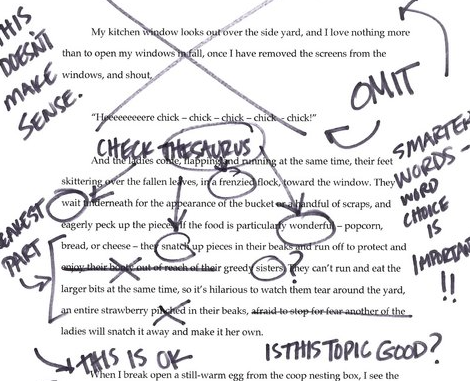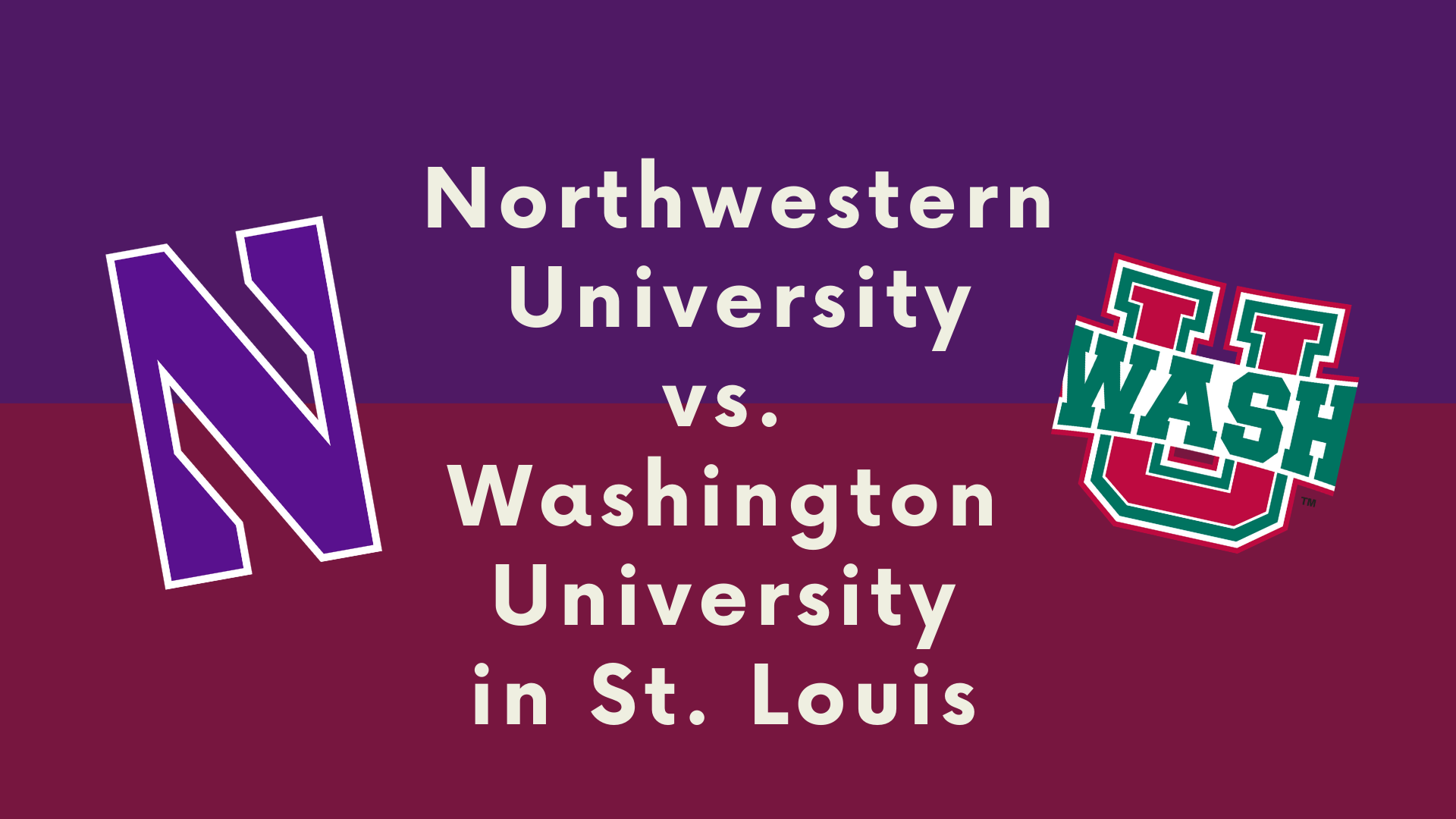When you apply to a college or university Early Action you are submitting your application by a specific early deadline and will receive your decision earlier than regular decision, usually, though not always, before the end of December. Although you may be admitted early, you are not committed to enroll at that college. Yet, there are two types of Early Action:
EA Unrestricted – when you are free to apply to more than one college with “Early” plans at the same time.
EA restricted (REA) or single choice – when you are not allowed to apply to other colleges with “Early” plans at the same time (though usually with carve outs for public colleges and universities).
Always read the fine print of the admissions plan you are agreeing to before you sign and submit anything to a college or university.


 So many high school seniors are still in real contention for an Ivy League acceptance in the first few weeks of twelfth grade. Then, something happens that takes most of these smart and well-intentioned young people out of the running entirely.
So many high school seniors are still in real contention for an Ivy League acceptance in the first few weeks of twelfth grade. Then, something happens that takes most of these smart and well-intentioned young people out of the running entirely.



 If you only have one more spot to fill on your college list and it comes down to Northwestern University or Washington University in St. Louis, here are the factors you should consider before making the final cut.
If you only have one more spot to fill on your college list and it comes down to Northwestern University or Washington University in St. Louis, here are the factors you should consider before making the final cut.